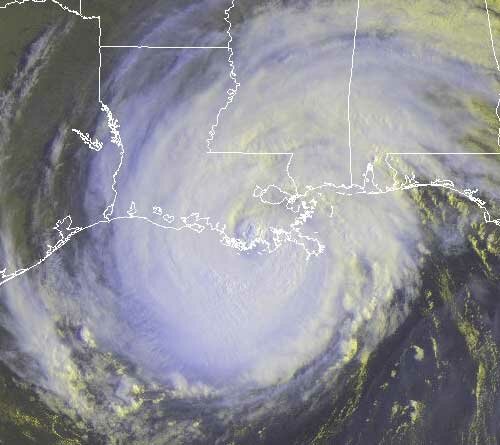A Change in the Weather
Sunday, September 14th, 2008One of the effects of all the tropical weather we’ve had over the past few weeks is that it has largely kept the warm, humid air around longer than normal. While daytime temperatures this month have been normal to slightly above normal, it’s the nighttime lows that haven’t been allowed to get to their typical 65 degrees because of the moisture in the air. Through yesterday, Atlanta is 3 degrees warmer than usual for the month.
After tomorrow, that’s going to change, and in fact for a few days, North Georgia will have temperatures lower than normal.
As the remnants of Hurricane Ike race northward, a cold front will reach the Atlanta area late Sunday night, bringing a chance of rain as the front passes through tonight and tomorrow. By Monday night, lows will drop into the low 60s, and for the rest of the week, we’ll see pleasant weather, with highs around 80, lows possibly in the upper 50s, with much lower humidity.
For the week of the 21st, we could see overnight temperatures in the low 50s, still a bit cooler than the normal low 60s. Fall starts a week from Monday, and we’re in the time of year when the average daily temperature drops rapidly. In September, the average at the beginning of the month is 76 degrees, while by month’s end, it drops to 68. By Halloween, the average Atlanta temperature is 58.
In addition to causing rising gasoline prices (and some gas shortages), Ike was responsible for plenty of destruction in south Texas. Although it was a category 2 storm on the ground at landfall, there were category 4 wind speeds a few hundred feet in the air, causing significant damage to Houston skyscrapers.
But, it wasn’t the ultimate storm that some were predicting. Ike made landfall about 30 miles east of what was predicted by the Hurricane Center. That small change in path meant that instead of 22-25 foot storm surges that would have been pushed up the Houston ship channel, the maximum appears to have been only around 12-13 feet; something the area was better prepared for.
The good news is that two major American cities, New Orleans and Houston, each were spared from catastrophe from Gustav and Ike. The risk is that with warnings of Gustav being “the storm of the century” from New Orleans Mayor Ray Nagin, and weather service warnings of “certain death” from Ike, residents of storm-prone regions may be less willing to evacuate if and when the big one comes.
Sphere: Related Content

